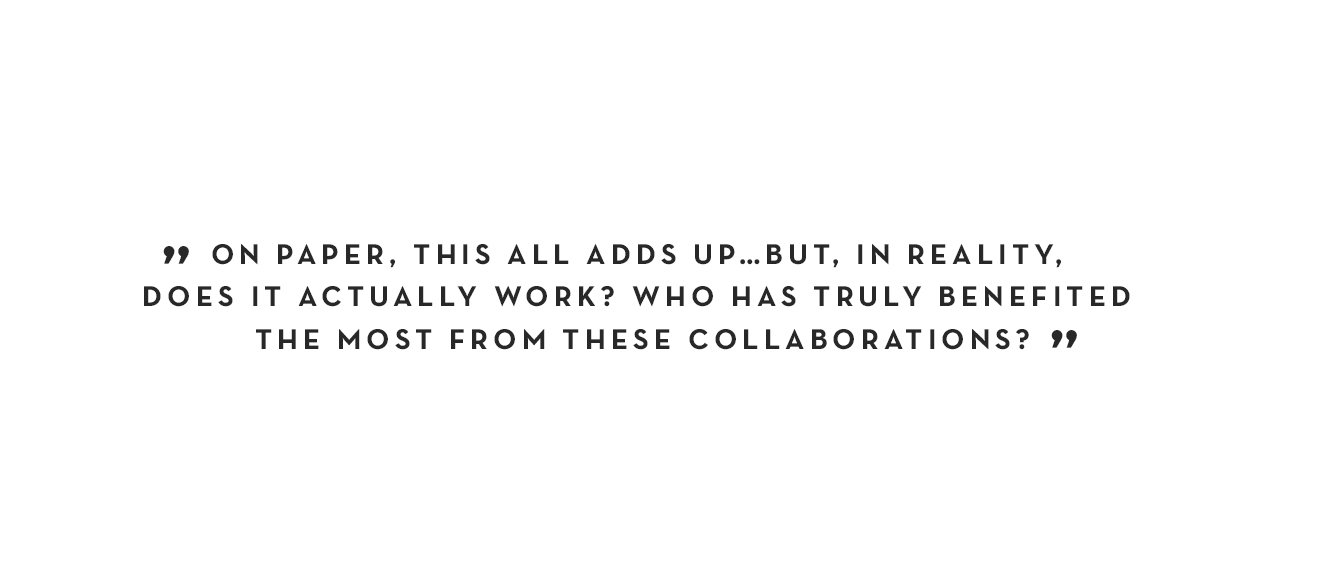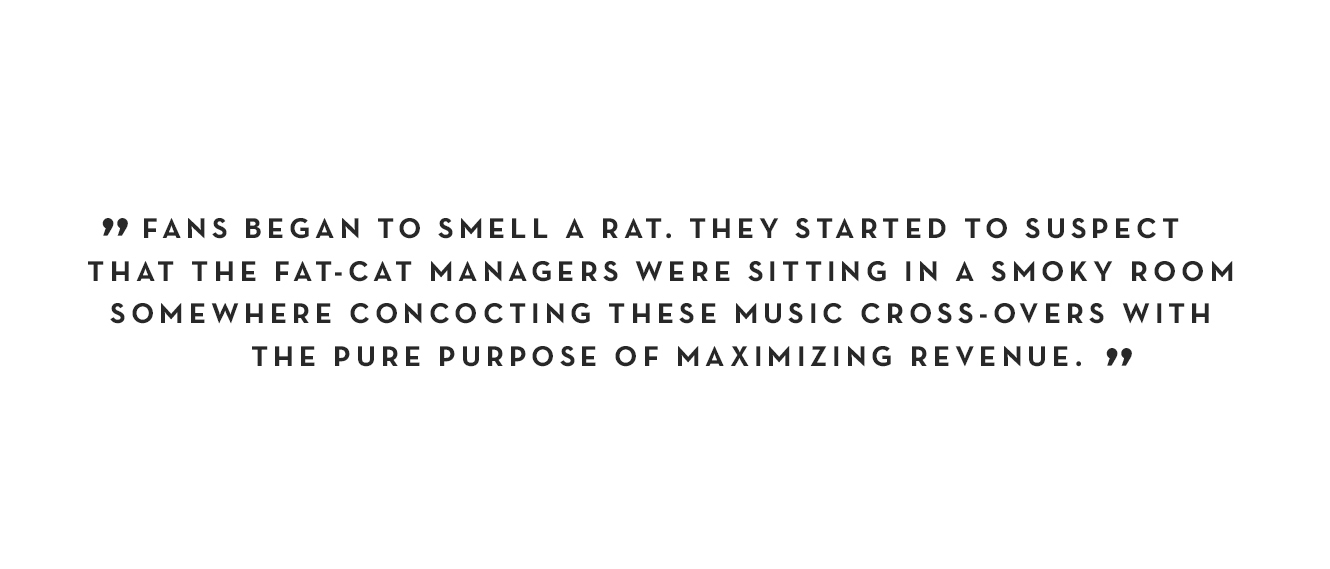 Business
Business
Dance Business Asia: Do cross-border dance-music collaborations actually work?
We explore whether these Business Devices (sorry, “songs”) have actually achieved their goals
Welcome back to Dance Business Asia, Mixmag Asia’s monthly column focusing on the business of dance music in the region. Dance Business Asia dives deep into the business issues confronted by artists, managers and promoters. We look at the economics of dance music in Asia to see what’s working, what isn’t, and how issues can be addressed. The column also features interviews with movers and shakers on the business end of the industry in the region. Your guide, Otto Clubman, is a music industry executive with over twenty years of experience in the dance business.
The grass is always greener in a bigger market. For years, musicians that have achieved a modicum of success in their home territory (and even some that haven’t quite yet achieved success), have jealously peered over the fence into their neighbour’s yards, thinking: It can’t be that hard to break there, as well. Very few artists are content to be stars in their own country only…they want it all. And you can’t really blame them.
A generation ago, the US and European music markets accounted for over 70% of worldwide music revenue. In short, you didn’t need Asia (or South America, or Africa) to strike it rich in the Biz. In the 1980s, for an American or UK act, being “big in Japan” was nice, but not necessary. Today, however, over 50% of music industry revenue comes from outside the US and UK. So, it’s time to start paying attention. I mean, who wouldn’t want to double their income?
One method (or, “trick of the trade”, so to speak) that has been utilised by artists to springboard into a new market has been the musical collaboration (also known as the Cross-Over). The theory: artists can leverage the pre-existing fan base of a superstar in another desirable country (China, Japan, Brazil, anywhere) to immediately secure access to that artist’s built-in followers. Furthermore, a halo effect is created: fans of the much-beloved Local Artist assume he / she is “vouching for” their collaboration partner (“Hey fans, if you like me, you should love him / her, as well”). What a great short-cut to reach a new audience.
But, of course, the established artists in the Desired Market aren’t naïve. They know very well the value of their own fan base. So, the artist asking for the collaboration must either: (i) provide his / her own similar-sized fan base in return, or, (ii) if the relative magnitude following don’t match up, you can bet that some money is changing hands.
As we have discussed in this column before, for about a decade or so, China has been a mouth-watering target for foreign artists. Domestic Chinese musicians actually hold the cards, to a large extent. Mainland stars can boast fifty-million plus social media followers. Talk about a leg up for an ambitious wanna-be collaborator! And the other side of the coin? (i.e. what does the Chinese artist get in return?). Western social media followings generally aren’t quite as astronomical as those in Asia. However, there is another inducement for the Asian artist to enter the deal: success — or at least a perception of success in the West — is desired by many Asian artists, as it plays well at home. It’s more about bestowing additional credibility with their local fan base, rather than actually “breaking” in the US or UK. Thus, artists on both sides have been willing to enter into this bargain of sorts. The first high-profile collaboration I recall in the dance sector was Avicii x Wang Leehom’s 2014 track Lose ‘Myself’. Since then, many more have followed, chasing this dream.
In recent years, as the Southeast Asian markets have ramped up, international artists have scrambled to ink (I say “ink” because, let’s be realistic, these are business deals) collaboration projects with artists from Indonesia, Vietnam and other fast-growing regions.
As to dance music specifically: it was, and remains, fertile ground for cross-border projects. As we all know, there is no more “international” genre than dance. It seeps seamlessly across borders, relying more on the beat and the vibe, than the lyrics. So, it seems that collaborations in dance would be especially effective — an “accelerator” so to speak. If European DJ “X” works with celebrity Indonesian Singer “Y,” it should be win-win. Right?
On paper, this all adds up…but, in reality, does it actually work? Who has truly benefited the most from these collaborations?

The answer to whether these cross-border projects have been successful depends on whether we are looking at this from an “Artistic” point of view (i.e. were the songs actually good?) or from a “Business” perspective (i.e. did the songs make money and / or help launch an artist in a new market?).
Regarding the Artistic Side, the answer is: who cares! I don’t mean to be blunt but, this column is called Dance Business Asia. If you’ve read this far, you aren’t worried about whether these tracks are works of art; you are just wondering if they make a lot of moolah or not. A song is a song is a song, right? But, if we must discuss it for a moment, fine: yes, some have been pretty good actually, and, yes, some have been absolutely terrible.
Now, onto the Business Side.
In general, the rate of success has been a mixed bag, at best. At the dawn of the trend, around 2014 or so, there was a novelty to this all. A fresh East-West dance track would automatically be front-page news. As a result, outsized attention was bestowed upon the first dozen or so of these projects, as the concept was still fresh and exciting. Fans generally weren’t too critical of the tracks themselves; it was just cool that it was happening.
The Law of Diminishing Returns, however, applies to just about everything in life, and collaborations are no exception. Over time, the “wow factor” began to wear off, and fans started seeking quality tracks, not just two marquee names listed somewhat incongruously next to each other against some cover art. Skrillex x 4Minute, Jolin Tsai x Alesso, Eason Chan x Don Diablo. These were all decent tracks; but after a while, they didn’t feel “essential”, or like they were truly breaking new ground. Fans began to smell a rat. They started to suspect that the fat-cat managers were sitting in a smoky room somewhere concocting these music cross-overs with the pure purpose of maximizing revenue. (I’m shocked. Shocked!).

When these songs did click with fans, where did the spoils flow?
In general, the Western artists seemed to have benefited more than the Asian counterparts. As per plan, the Western artists were able to access a massive new fan base in Asia (usually via their collaborator’s social media accounts), and they did receive a bump in brand awareness. Accordingly, touring potential and performance fees could get a bit of a lift.
But for the Asian artists, the direct benefits were less pronounced. In the US or UK, not many music fans became followers of Chinese superstar Wang Leehom due to ‘Lose Myself’. The Avicii project didn’t succeed in “breaking him” in these markets. For various reasons, the West has been slow to accept Asian artists into the mainstream (but, good news: it’s beginning to change). As of yet, in short, the collaborations really haven’t catapulted Asian artists to fame in the West. So, the benefits have been somewhat one-sided.
Back to the rat. As mentioned, fans these days aren’t as automatically awed by two big names with an “x” sign in between. (I think most realize that their favorite artists probably even barely touched the track, anyway). We are living in very jaded times, my friends.
But…all is not lost. Going forward (and we’ve seen this trend), this new degree of skepticism should weed out the worst of it, and reward collaborations that are more organic, more natural, and less “forced”. Fans will always appreciate two artists from around the world coming together to make good music that the artists themselves actually care about. In other words, collabs that aren’t made with the sole purpose of prying open a new market will have their place. (And if the market happens to pop open along the way as a side effect, so be it). Artists will need to choose their collaborators carefully, to retain their credibility under this increased scrutiny. But the result will be that both artists — East and West — involved will be rewarded, as the songs won’t be seen as a Business Venture, but as for what they are: art.
What do you know, good art just may be good business, after all!


